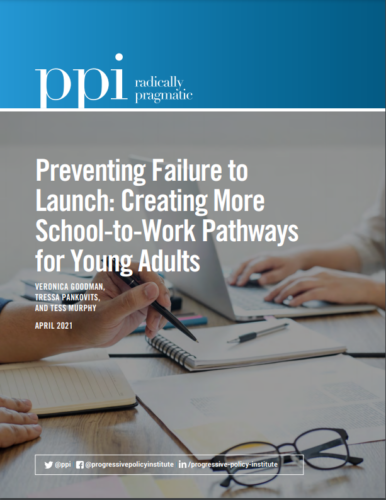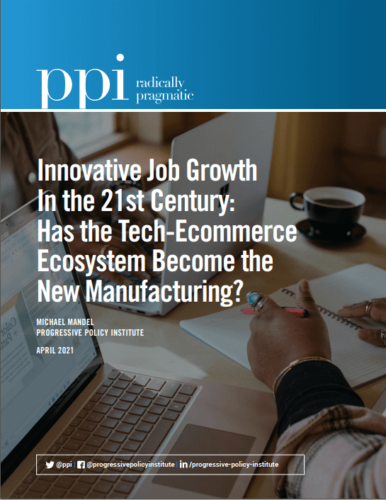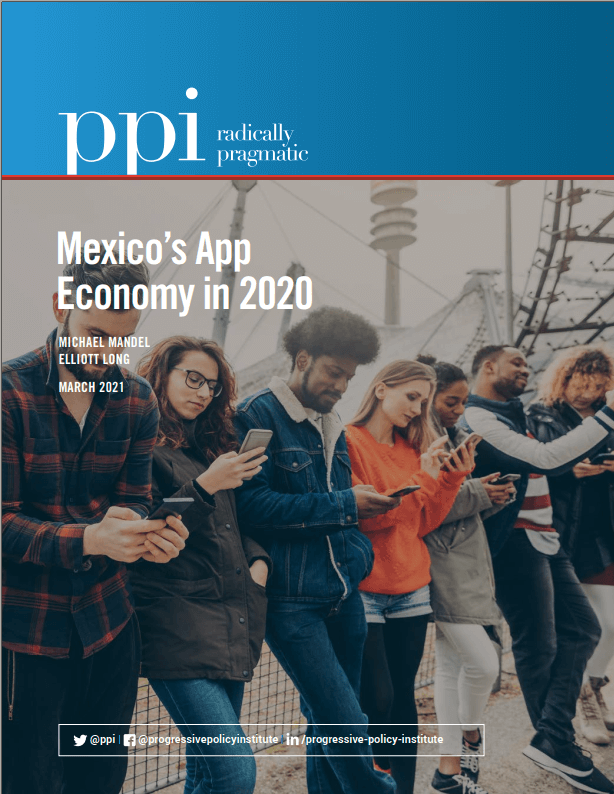President Biden’s bold plan to give America a shot at overtaking China in the race to electric cars and trucks is hitting a couple of speed bumps.
The first is China’s dominance of the raw materials needed to scale up electric battery production for U.S.-made cars and trucks. The second is a standoff between two South Korean battery makers for pole position in the burgeoning U.S. electric vehicle market.
Biden’s proposed American Jobs Plan throws a lot of good ideas and money at the first problem. It may take some presidential jawboning to resolve the second.
China is by far the world’s biggest maker and consumer of electric vehicles (EVs), with sales of over one million a year. (America lags well behind, but it’s some consolation that Tesla, a U.S. company, ranks second in EV sales in China.) With the aid of generous government subsidies and ample supplies of key ingredients like lithium, nickel, cobalt and graphite, China also accounts for 75 percent of global EV battery production.
The president’s $2.3 trillion infrastructure and jobs plan shows his administration is serious about challenging Beijing for economic leadership. Included in this amazingly ambitious package is $174 billion to galvanize the U.S. EV industry. That money would be used to create incentives for state, local and private efforts to build 500,000 EV charging stations around the country over the next decade, retool gas-burning auto plants to build EVs, and create a more robust domestic supply chain for EV equipment and batteries.
It will take a strong push from Washington for the United States to catch China. Although U.S. and foreign automakers are duly pledging to step up U.S. EV production, only two percent of the 270 million vehicles on our roads are electric. Biden says the federal government can set a brisker pace by converting its enormous fleet of 650,000 vehicles from gasoline to electric engines. His plan also will replace 50,000 diesel transit vehicles and switch at least 20 percent of the nation’s school buses to electricity. Crucially, as PPI has long advocated, it boosts consumers’ incentives for buying EVs.
In addition to creating thousands of well-paid manufacturing jobs, the White House plan is intended to help the United States meet its commitments under the Paris climate accords to reduce greenhouse gas emissions. Since cars and trucks are responsible for 60 percent of U.S. emissions, a wholesale shift to EVs is essential to reach Biden’s audacious goal of decarbonizing the U.S. economy by 2050.
But the president’s vision of a U.S. manufacturing revival built around clean energy fuels and technologies depends on ramping up domestic electric battery production, which is where a simmering intellectual property dispute between South Korean rivals LG Energy Solutions and SK Innovation comes into play.
In February, LG won a ruling at the U.S. International Trade Commission that SK Innovation had stolen and copied elements of its battery technology. The ITC ordered SK to stop importing battery components into the U.S. The company, which is building a $2.6 factory in Commerce, Georgia to supply hundreds of thousands of batteries to Ford and Volkswagen, says it will have to abandon the plant unless President Biden overrules the ITC decision.
LG Energy, which already manufactures batteries in Michigan as well as South Korea, has launched a joint venture with General Motors, which is converting its shuttered Lordstown, Ohio auto plant to EV production.
The feud between the two big battery makers confronts Biden with a Hobson’s choice between abandoning America’s commitment to protecting intellectual property rights around the world, or losing thousands of jobs in Georgia, a formerly red state he won by less than 12,000 votes in 2020. Arguing that the nation’s interest in revving up battery and EV production should take precedence over a foreign company’s IP rights, lobbyists for SK, as well as Georgia’s two Democratic Senators, reportedly are pressuring Biden to override the ITC ruling before the April 11 deadline for doing so expires.
Biden, however, may have other options. One is to bring all the parties to the White House for a presidential jawboning session. The goal would be to convince Ford and Volkswagen to abide by the ITC’s decision, which would put irresistible pressure on SK Innovation to settle the dispute with LG Energy, lest it be excluded from the nascent U.S. EV market. A solution might entail direct compensation to LG or a licensing agreement to use its technology.
A successful exercise of moral suasion by President Biden could yield the best of all outcomes. It would buttress intellectual property protections, which are essential to U.S. technological innovation and entrepreneurship, while allowing both LG and SK to join Tesla and other U.S. firms to compete in supplying high-quality batteries to U.S.-made EVs.
By shifting EV battery production from Asia to the United States, the president would let China know it can no longer coast to the finish line in an intensifying global race to dominate electric cars, trucks and buses.
You can also read this blog on PPI’s Medium.














